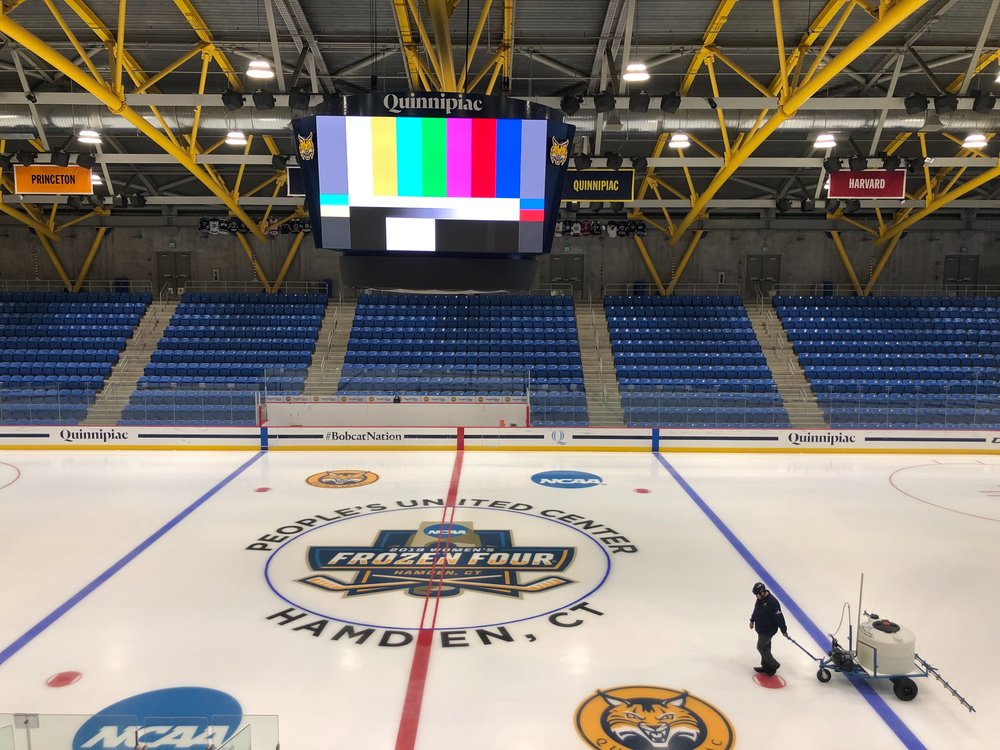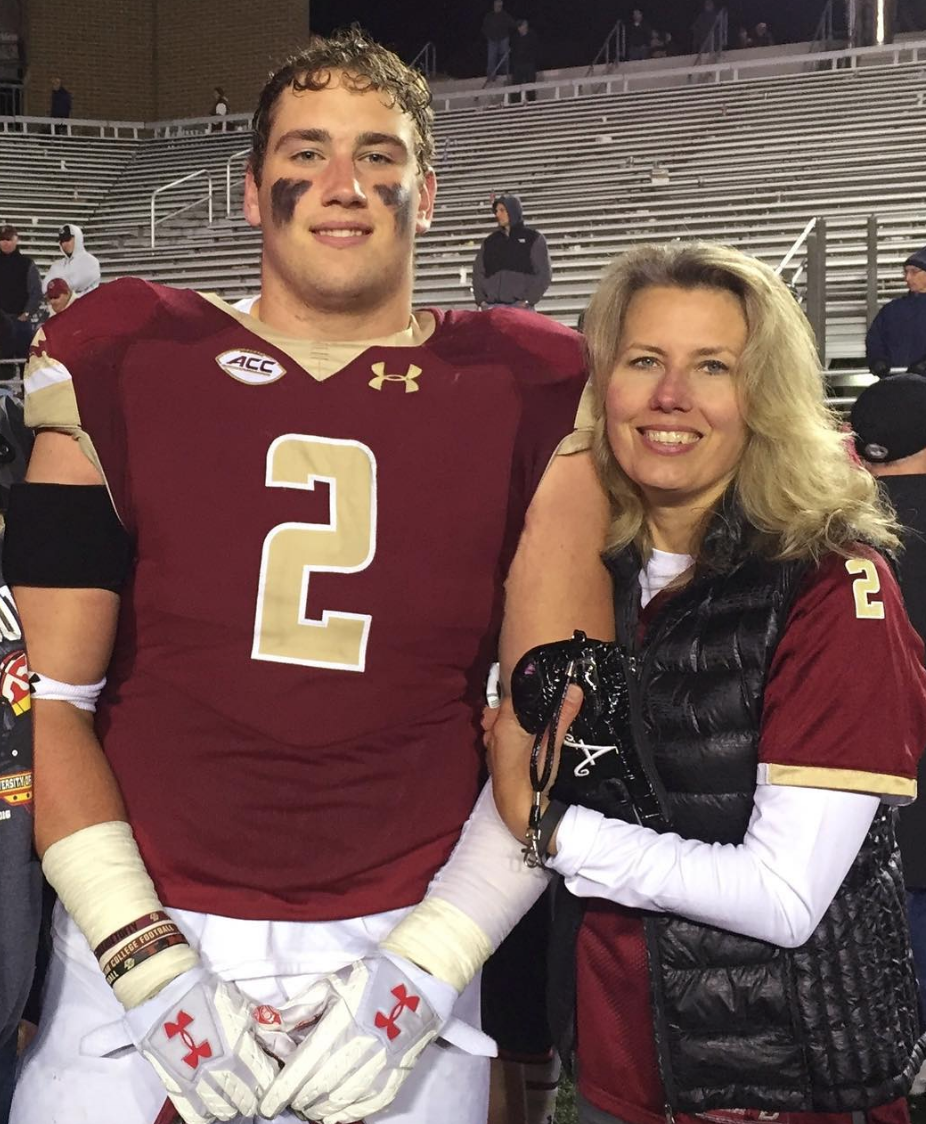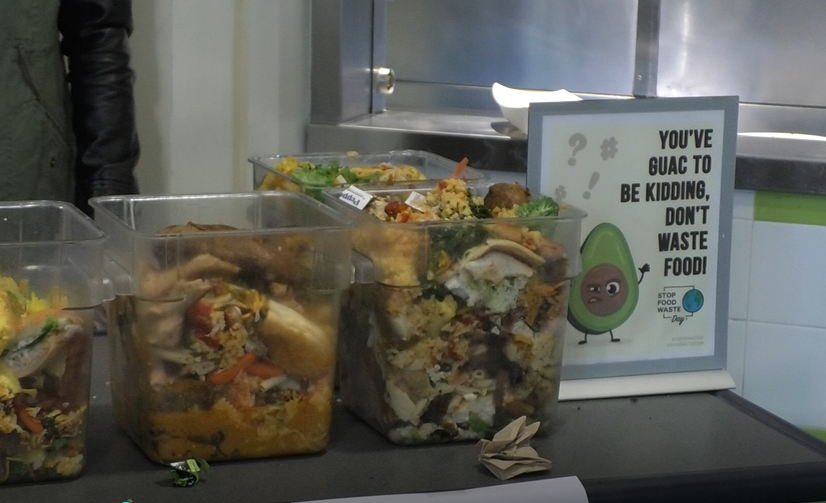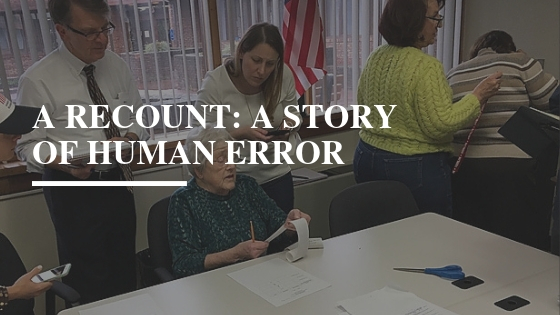Exploring a mixed effect fueled by filters and realities
Alissa Parker ‘s social media feed masked the horrific reality of her life as a college student mentally abused by an ex-boyfriend.
But she never discussed it because social media clouded her judgment.
“I never talked about it because in social media you look good, you don’t want to show that you’re having difficult problems,” said Parker, now a senior nursing major at Quinnipiac University in Hamden, Connecticut.. “So instead of dealing with my problems, I posted all the time on social media how happy I was, look what I’m doing because I thought that was a good way to kind of cope with the situation for lack of a better term.”
Parker, then a sophomore, knew she had to confront reality and do so without delay. She turned to her resident assistant for help and got the support she needed. She is an RA herself now, works in Quinnipiac’s admissions department as a tour guide and is a member of the Gamma Phi Beta sorority.
Parker’s use of social media as a mask to hide her personal pain is just one example of how the apps that seem to dominate the lives of the young can work to harm them while seeming to offer endless connections to good times.
“Yeah, it may look like I have my life together on paper and on social media because I’m posting with my boyfriend and I’m posting with my sorority sisters and I look like I’m doing great, but there are times inside I feel for a lack of a better term again, dead,” she said.
She’s not alone.
Nick Calderaro is a senior finance major who works in Quinnipiac’s campus life office, runs an organization on campus, serves as a first-year seminar peer catalyst and is an orientation leader, among other things.
He too has seen social media used as a mask.
“So it’s just so artificial in the sense that you can put whatever you want out there and you know, just make things out to be what they’re not at all,” Calderaro said.
An informal survey of Quinnipiac students in class Facebook groups yielded some telling results about social media and its effect, with a lean towards it having a mix of both a positive and negative effect.
Participants were asked how many social media accounts they use and if they believe their usage has a positive effect, a negative effect, a mix of both or indifferent.
Social Media and Mental Health: Survey Results
Some 117 students responded to a Google form posted on Facebook that asked questions about the number of accounts they had and whether or not social media generated positive or negative mental health effects, a mix of both or indifferent.
A startling 89 respondents reported that social media generated a mix of positive and negative impacts on their mental well-being.
The idea of social media presenting unrealistic expectations and perhaps seemingly perfect lifestyles is no secret and fires up the idea that it may have an adverse reaction on someone’s mental health.
Quinnipiac counselor Kenneth Wenning, who holds a doctorate in clinical social work, said social media creates an environment of unrealistic expectations among individuals who believe their top goal in life is to be happy.
“I think it does give some people an unrealistic sense of what life is all about because life is always a mixed bag,” Wenning said. “It’s good stuff and it’s tough stuff and it’s drudgery and it’s boredom, it’s not always you know, what’s going on.”
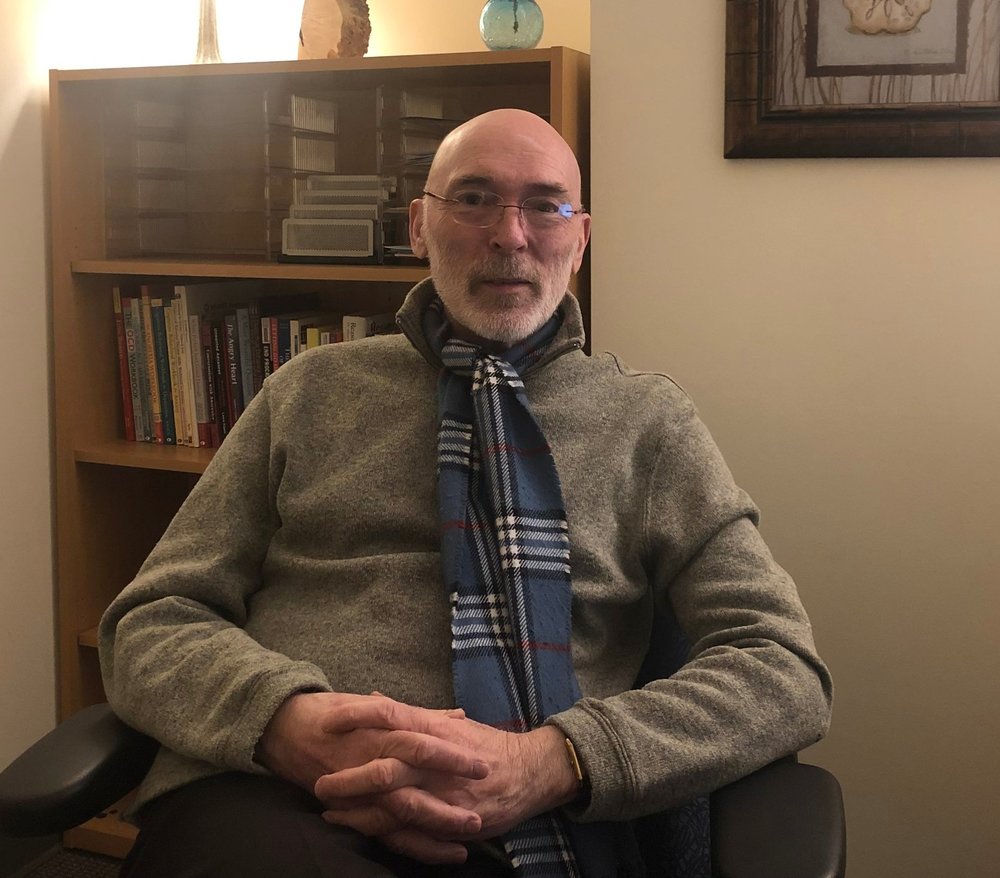
Kenneth Wenning PHD, LCSW
Quinnipiac Counseling Center, Counselor
He also referenced an example drawn from a recent conversation with a patient.
“So, I had a graduate student tell me the other day she was done with social media, she stopped all of it and she said to me ‘and I discovered, I still have a life’ but it’s like life is now being lived vicariously almost in a way,” he said. “When you look at what’s going on with these people, and these people and all of the monitoring and you know, thinking about everybody else’s life and I think that is a real problem.”
But social media is not the evil that some may think.
After the Super Bowl ended on Feb. 3, 2019, content featuring the “world_record_egg” aired on Hulu. The storied egg had been posted on an Instagram account that wanted to break the record for being the most liked post. Through a series of multiple posts, the egg cracked a little bit more each time. When it finally did crack on Super Bowl Sunday, it revealed a message about cracking due to the pressure of social media.
The World Record Egg, now the most-liked photo on Instagram, teamed up with @hulu to raise mental health awareness after #SuperBowlLIII. #EggGang #TalkingEgg #WeGotThis pic.twitter.com/bPBcoHs5JY
— Early Today (@NBC_EarlyToday) February 4, 2019
Mary Dunn, an assistant teaching professor of advertising and the instructor of the Strategies for Social Media course at Quinnipiac, said the campaign worked in unexpected ways.
“They didn’t truly think it was going to turn into what it was and it wasn’t until they had the audience like of ten million that they sat down and decided what they were going to use it for and I think it’s a happy story, a charming story, an inspiring story that they’ve decided to use it as a platform for social messages and campaigns like mental health awareness,” Dunn explained.
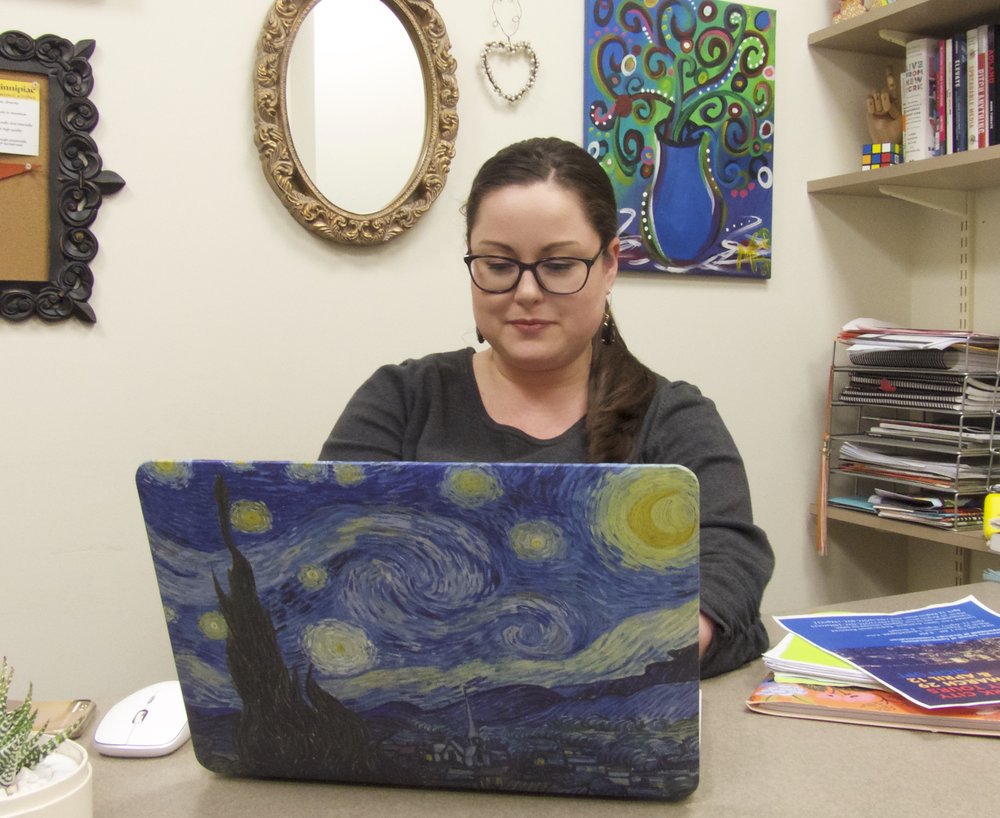
Mary Dunn
Quinnipiac School of Communications, Assistant Teaching Professor of Advertising
Dunn said social media can drive powerful narratives but not all social apps are on-board with that idea.
“So platforms like Twitter resisted this for a really long time,” Dunn said. “They wanted the character limit, they wanted to force people to be succinct in their messages but when you’re succinct in your messages and you limit yourself, it can lead to misunderstandings, to oversimplification and so Twitter had to expand as well, right, and so I think that’s part of why they’re still alive and now they’re actually doing well this year, go figure.”
She also talked about the method of “scrubbing your social,” which involves unfollowing accounts that might be harmful to an individual. Olamide Gbotosho is a sophomore and one of Dunn’s students. In high school, she dealt with depression and said social media had a big influence in that.
Gbotosho has “scrubbed her social” before and finds it effective. While she has unfollowed some accounts of famous individuals that have an “ideal of perfection,” she has also followed others that play a more positive role.
“Sometimes I follow some positive Instagram accounts, so I do have that also,” she said.
There’s also the opportunity for social media to be used as a community builder of sorts for those suffering from mental illness. John Naslund, who holds a doctorate in health policy and clinical research, is a Harvard Research Fellow and has been doing studies on the benefits of peer-to-peer networking and support on social media.
“So we know that this peer-to-peer support is happening naturally online, it’s happening in forums, it’s happening in all kinds of places, well how can we kind of tap into that, tap into these positive interactions to actually support the delivery of some kind of services or programs that can be really helpful,” Naslund said.
While this research has promise to possibly provide support, he made it clear that it should not be replacing the care from a professional.
“This isn’t something that would be a replacement for existing mental health care, it’s most definitely not, it’s not a replacement,” Naslund said. “But what we see across the United States and especially in other parts of the world, the vast majority of people who have mental illness don’t have access to adequate care or don’t have access to adequate services and don’t have access to adequate support most of the time and this is consistent across the entire country where people really, the vast majority of people with mental illness don’t have the support they need.”
Naslund said that despite its negative associations, social media could be used to support mental health.
“Where we really need to think about this going forward (is) just thinking of the future of how social media can potentially be used for promoting mental health is I think really making sure that people who live with mental illness or have mental health issues are informed about how they can use social media in a positive way,” he said.
While social media may be a potential support network moving forward, Gbotosho believes that the best source of comfort may be in the form of the people in your respective circle.
“If you’re looking for comfort, social media isn’t the best place to find it,” Gbotosho said. “Rather finding it through the people that you surround yourself with.
The future of social media as it pertains to mental health and society in general might be uncertain.
But Allissa Parker, Nick Calderaro and Olamide Gbotosho may be able to sleep soundly tonight, knowing that hope may be on the horizon and that they are not alone.










